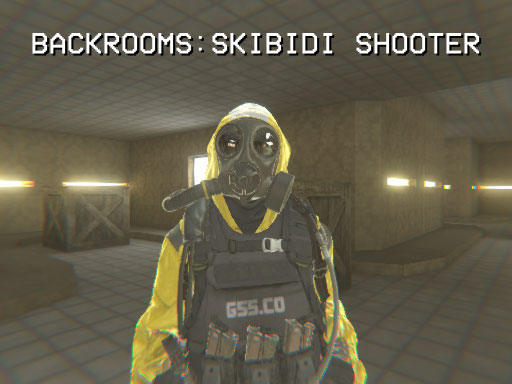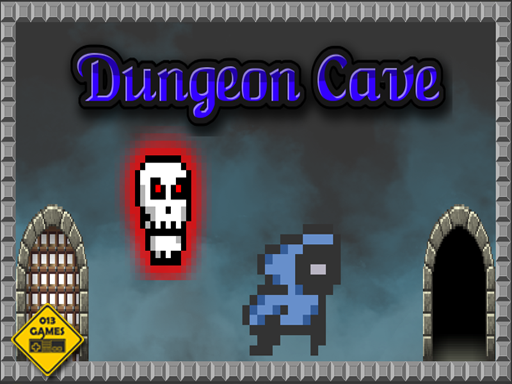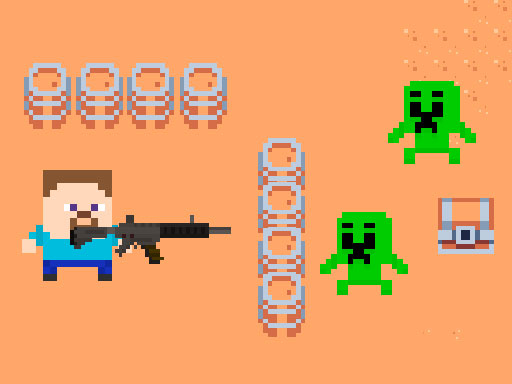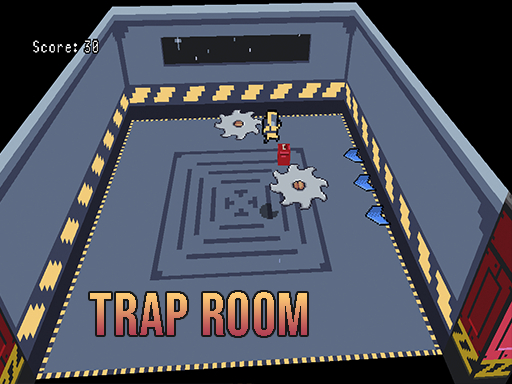Playing HTML5 games on a low-end PC can be a challenge, but with the right optimizations, you can enjoy smooth and lag-free gameplay. By adjusting browser settings, optimizing system performance, and using lightweight gaming techniques, you can improve your gaming experience without upgrading your hardware.
1. Optimize Browser Settings
Your browser is the key to running HTML5 games efficiently. Follow these steps to enhance performance:
Enable Hardware Acceleration
In Chrome: Go to
chrome://settings/→ Search for “hardware acceleration” → Enable it.In Firefox: Type
about:configin the address bar → Search forlayers.acceleration.force-enabled→ Set it totrue.
Use a Lightweight Browser
Best choices for low-end PCs: Brave, Opera GX, and Slimjet.
Avoid browsers that consume too much RAM, such as Chrome with multiple tabs open.
Reduce Extensions and Plugins
Disable unnecessary browser extensions that consume resources.
Use ad-blockers like uBlock Origin to prevent ads from slowing down games.
2. Adjust System Performance Settings
Update Graphics Drivers
Outdated drivers can lead to poor performance.
Windows users: Open Device Manager → Display Adapters → Right-click GPU → “Update driver.”
Optimize Power Settings (For Laptops)
Windows:
Control Panel→Power Options→ Select “High Performance.”macOS:
System Settings→Battery→ Set “Energy Mode” to “High Power.”
Close Background Programs
Use Task Manager (
Ctrl + Shift + Escon Windows) to end unnecessary processes.Disable startup programs to free up RAM.
Enable Game Mode in Windows
Go to
Settings→Gaming→ Enable “Game Mode.”This prioritizes gaming performance over background tasks.
3. Reduce Lag and Improve Network Performance
Use a Wired Connection
Ethernet provides a more stable connection than Wi-Fi.
If using Wi-Fi, move closer to the router and minimize interference.
Limit Bandwidth Usage
Avoid streaming videos or downloading files while gaming.
Use a router with Quality of Service (QoS) settings to prioritize gaming traffic.
Flush DNS Cache
Windows: Open Command Prompt and type
ipconfig /flushdns.macOS: Open Terminal and enter
sudo killall -HUP mDNSResponder.
4. Adjust Game-Specific Settings
Lower Graphics Quality
If the game has settings, turn off unnecessary effects like shadows and animations.
Enable Fullscreen Mode
Press
F11in most browsers to remove UI distractions and improve frame rates.
Disable Background Sounds and Animations
Reducing audio effects can lower CPU usage and improve performance.
Conclusion
Even on a low-end PC, you can optimize your HTML5 gaming experience with simple tweaks. By adjusting browser settings, improving system performance, and reducing network lag, you can enjoy smooth gameplay without expensive upgrades. Apply these tips and start gaming hassle-free!




















